Qld/NSW government Tweed Sand Bypassing Dredging project work underway in Tweed River
Dredging one of northern NSW’s major channels has begun as part of a massive and ongoing NSW/Qld government initiative. Check out the latest on the project.
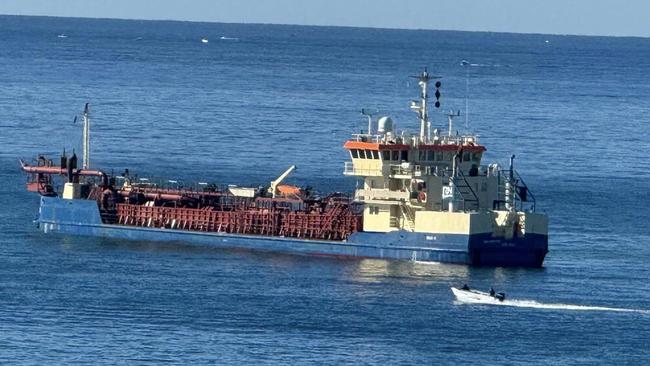
Tweed Heads
Don't miss out on the headlines from Tweed Heads. Followed categories will be added to My News.
Dredging of one of the most dynamic channels in Australia has begun with the Hopper Dredger Trud R arriving in the Tweed.
The Tweed Sand Bypassing – a joint New South Wales and Queensland governmt venture since 2001 – will result in the dredging of the Tweed River entrance.
The project’s twin objectives are to establish and maintain a safe, navigable entrance to the Tweed River, and restore and maintain the coastal sand drift to the beaches on the southern Gold Coast of Queensland.
Work is expected to take from four to six weeks to finish on his occasion, weather pending.
The Rohde Nielsen Hopper Dredger will remove about 140,000 cubic metres of sand, which will be to dumped offshore of Bilinga/Tugun, Duranbah and Fingal beaches.
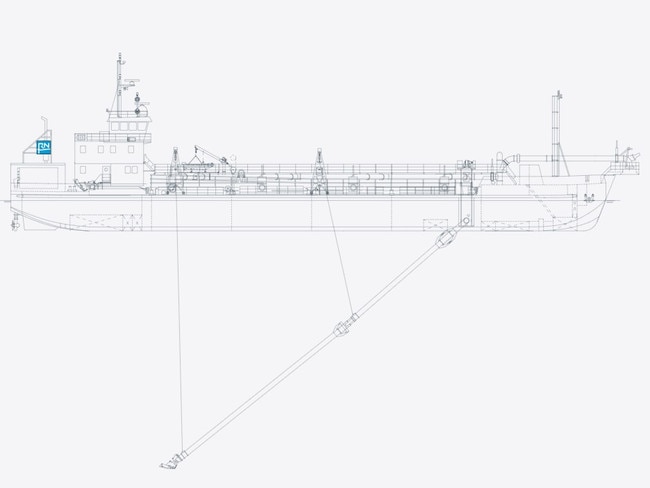
The Hopper Dredger Trud R is a split hopper dredger. The hopper splits easily in very shallow water, with a draught of merely 3.8m fully loaded. Trud R is able to dredge at depths of 28m, with possibility of extending to about 40m.
“Dredging of the Tweed River entrance supports the long-term viability of the local commercial fishing fleet and assists with safe passage for recreational boaters,” Transport for NSW Maritime Executive Director Mark Hutchings said.
“Our aim is to keep the Tweed River entrance navigable and deliver a long-term average of 500,000 cubic meters of sand each year to maintain sand supply to the Gold Coast’s southern beaches.”
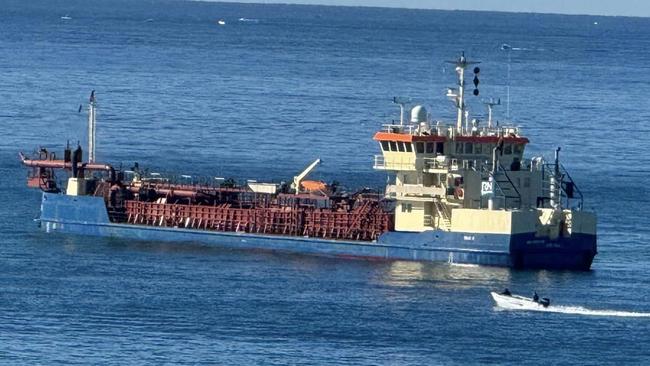
The Trud R is named after the daughter of Thor and the goddess Sif in Nordic mythology. As As the legend goes, she inherited immense strength and remarkable abilities and has been widely referred to as the gentle and beautiful goddess of battle.
Over the coming weeks the 75.5m long dredging vessel will pick up the excess sand that naturally accumulates at the Tweed River entrance and deliver 50,000 cubic metres to Bilinga, 40,000 to Duranbah, and 50,000 cubic metres to Fingal.
The project’s sand transport system collects sand from the southern side of the Tweed River entrance at Letitia Spit and pumps it under the river to outlets on the northern side.
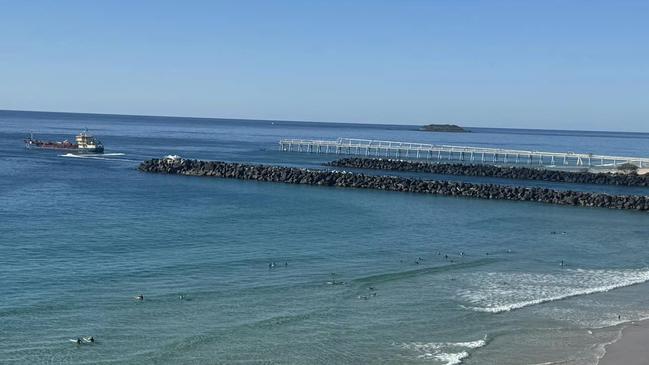
Although there are various areas sand can be delivered, the exact location of the drops will be calculated by analysing hydrographic survey information.
Placement does not occur near Kirra Reef or Cook Island. Kirra Reef has a placement exclusion area surrounding historical outcrops, while Cook Island is surrounded by an aquatic reserve.
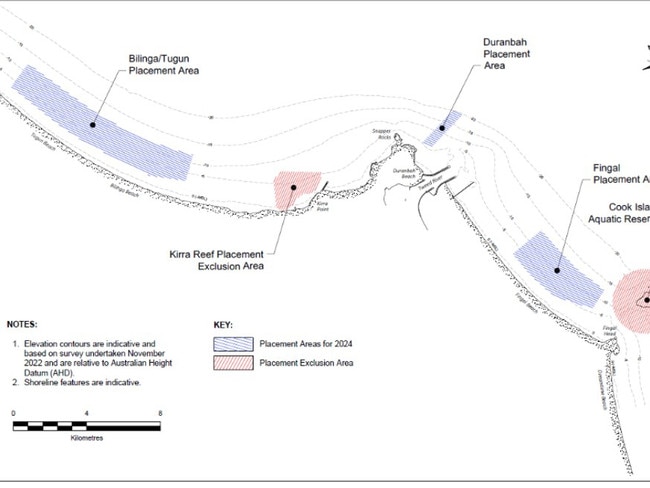
Tweed MP Geoff Provest said the dredging has been carried out since 2001 as a joint initiative of the two governments, along with Gold Coast City Council.
“Dredging of the Tweed River entrance supports the long-term viability of the local commercial fishing fleet, as well as assisting with safe passage for recreational boaters,” Mr Provest said.
All of the dredging work is subject to environmental controls and monitoring.
“Boaters in the area are advised to exercise caution when using the Tweed River entrance during this time.”
In September/October last year, 59,763 cubic metres was dredged.




